Meat on the Margins: Why UK Shelves Are Changing and What It Means for Scotland

By Ian Bentley, QMS Board Member
For many families across the UK, the food centrepiece of most meals is some form of protein, be it red meat, poultry, fish or even pulses. Because of its importance, retailers pay close attention to their protein ranges, because they know that if they can attract customers to their stores for their meat purchases, they can also sell the accompanying products to them.
In today’s economic climate, consumers are looking for good value wherever they can find it, and value of course is a combination of quality and price, the cheapest product seldom represents good value. It is in this context that we see changes in some retailers’ approach to their offer of red meat products, with different countries of origin intermittently appearing on the shelves.
As more imported beef is being trialled in certain UK retailers and a reported 6% increase in imported red meat on display in supermarkets this year (NFUS ShelfWatch), the Scottish red meat sector is correct to be concerned for the long-term resilience of Scotland’s agricultural supply chain.
As highlighted in Quality Meat Scotland’s recent beef sector modelling , cattle and sheep numbers in Scotland and across the UK have been declining slowly but steadily for many years. A number of factors are to blame – historic low profitability of livestock farming, lack of succession in farming families, and uncertainty about levels of Government support for livestock farming.
The economics of supply and demand have led to increases in the price paid to farmers, and those price rises are working through the supply chain, resulting in beef mince, steaks and roasts costing consumers approximately 17% more than last year (ONS YOY to May 25).
This has led some retailers to reconsider their approach to sourcing. In recent years most major retailers have committed to sourcing from the UK and support brands such as Scotch Beef and Scoth Lamb. But as prices have risen, a few retailers appear to have abandoned that commitment to 100% UK sourcing, and this has led some to introduce meat from cheaper sources, from countries further afield such as Australia and Uruguay. It is important to say that no major retailer has abandoned UK supply, and UK origin including Scotch still has the majority of shelf space.
However, looked at over the long term, these changes are not good for the industry or the national economy. Scotland’s red meat industry is worth over £2.8bn, and supports the very fabric of life in our rural communities. While it may seem tempting for retailers to source cheap red meat from overseas, there is a fundamental risk that this strategic move away from UK sourcing destabilises the red meat industry in the UK, increasing risk and reducing confidence and the appetite for investment by farmers, processors and all the other essential players in the supply chain. This network supports jobs, not only on farm and in processors, but also in haulage companies, veterinary practices, auction marts, feed companies, agricultural equipment suppliers and many other unseen roles that all play a part in putting our red meat on a consumers dinner plate.
However, importing meat is a short term solution that depletes industry confidence and will do nothing for our long-term outlook. If supply continues to dwindle, our rural economy will suffer, not to mention our national food security (which actually means “producing enough food to feed ourselves”).
We know there is strong loyalty on the part of consumers to products from their own country of origin – highlighted in QMS’s recently commissioned survey, for example. In Scotland we know they want to buy Scotch Beef and Scotch Lamb and support our rural communities.
The answer is for our Scottish farmers to have the confidence to increase livestock numbers ( hence QMS’s Meating Our Potential initiative encouraging productivity, profitability and herd growth), in the knowledge that they will be supported by long term agreements with processors and retailers, and wider decision makers. If we get this right, we can cement a positive future for our farmers and rural communities and offer our consumers the affordable, high quality Scottish beef, pork and lamb they desire.

Sign up for the latest news and views

 Quality Meat Scotland
Quality Meat Scotland4 Redheughs Rigg
Westpoint
South Gyle
Edinburgh EH12 9DQ
- Tel: +44 (0)131 510 7920
- Email: info@qmscotland.co.uk
Follow Us
- © Quality Meat Scotland 2025
- Terms & Conditions
- Accessibility Statement
- Privacy Policy
- Cookies
- Sitemap
Site by Art Department